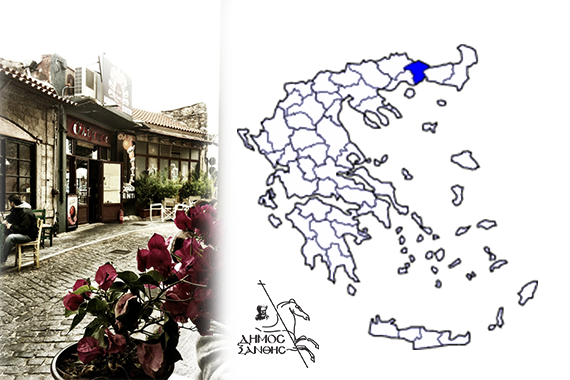
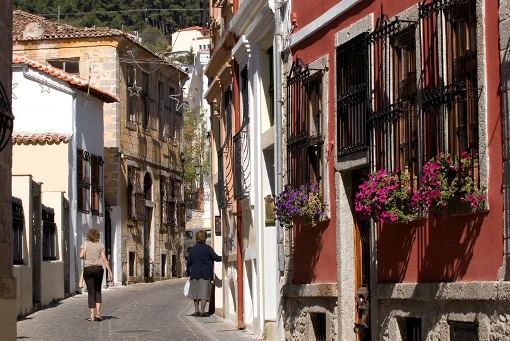
Xanthi is a city in Thrace, northeastern Greece. It is the capital of the Xanthi regional unit of the region of East Macedonia and Thrace.
Xanthi’s scenery is very varied, with the Rhodopi Mountains on its northern borders, the Papikio Mountains, lakes, rivers and the sea. The wetlands of the Nestos River and Lake Vistonis lend a special character to the district and constitute a pole of attraction for ecologists from all over Europe. The archaeological interest in the district is mainly Roman and Byzantine.
The prefecture of Xanthi is the smallest one both in area and population in all of Thrace. More precisely, it has a total area of 1,793sq. km. and a population of approximately 100,000 inhabitants. The multicultural prefecture, with the homonymous capital town, is surrounded by the Nestos river and other smaller rivers, all flowing into the Aegean Sea.
Not far away the visitor may find the island of Thassos, a place of unique beauty. Throughout Xanthi there are small, picturesque villages, all following the traditional architectural style. For the lovers of nature there is a great variety of sports activities, such as canoe, rafting, mountain biking, etc. If you come to Xanthi do not forget to visit the impressive waterfalls of Livaditis.
Known references to Xanthi (Ξάνθη), or Xanthia (Ξάνθεια), date back to 879 AD. It began as a small village and experienced all the tumultuous periods of the history of Thrace, such as raids, disasters, ethnic conflicts, civil wars. The population of the region of Xanthi had dwindled down to almost nothing and almost everything had been destroyed when the Ottomans conquered the region in 1361. For this reason, the Ottomans brought settlers from the depths of Asia Minor, which is how Genisea (Γενισέα) was created, while Oraio (Ωραίο) and Xanthi remained mainly Greek and Christian centres.
Following the First Balkan War, Bulgaria took the city of Xanthi in 1912, but after a period of eight months it was taken by the Greek army. Shortly thereafter, as part of the accords concluding the Balkan Wars, Xanthi and Western Thrace were ceded to Bulgaria (where it was also called Скеча Skecha), and remained a part of the latter until the end of World War I.
In 1913 the Greek army expelled or slaughtered all Bulgarians in the city and confiscated all their land and belongings. Following the Bulgarian defeat in this war, Western Thrace (Δυτική Θράκη), and thus Xanthi, became a part of Greece in 1919–1920. In the period 1941–1944 during World War II it was shortly occupied by Bulgaria after which was returned to Greece.
Nowadays Xanthi is a modern city, rich in history, traditions and customs, and with many attractions for the visitors (including the surrounding areas). It is connected with Athens by air through the airport Chrisoupolis, located about 30 kilometers away and through the Egnatia motorway. In addition to this, Makedonia, the International Airport of Thessaloniki is located about 215 kilometers away.
Xanthi is known as "The city of the thousand colours". The cultural life of the town is intense, as well as its rhythms of life. The Thracian Folk Festival-Xanthian Carnival, known to all over Greece, Europe and lately all over the world, the Old Town Festival, unique in its kind and popular for its multiform, Manos Chatzidakis Festival, are insurmountable institutions that give the characteristic of the cultural orgasm at our town, reinforcing events, sectors and clubs...
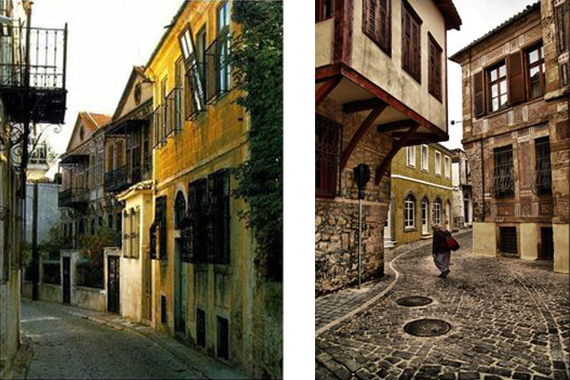
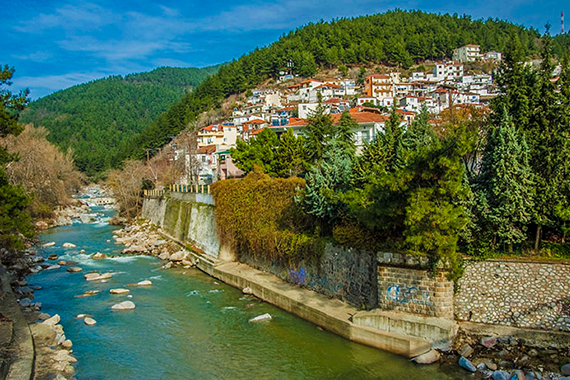

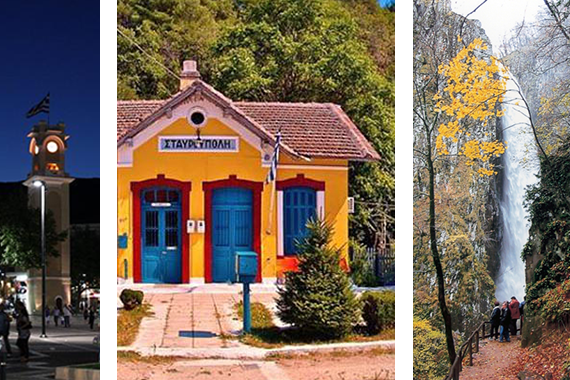


All Rights Reserved 2015-2016 © DUTh SB IAS Chapter | Layout based on UIBrush.com